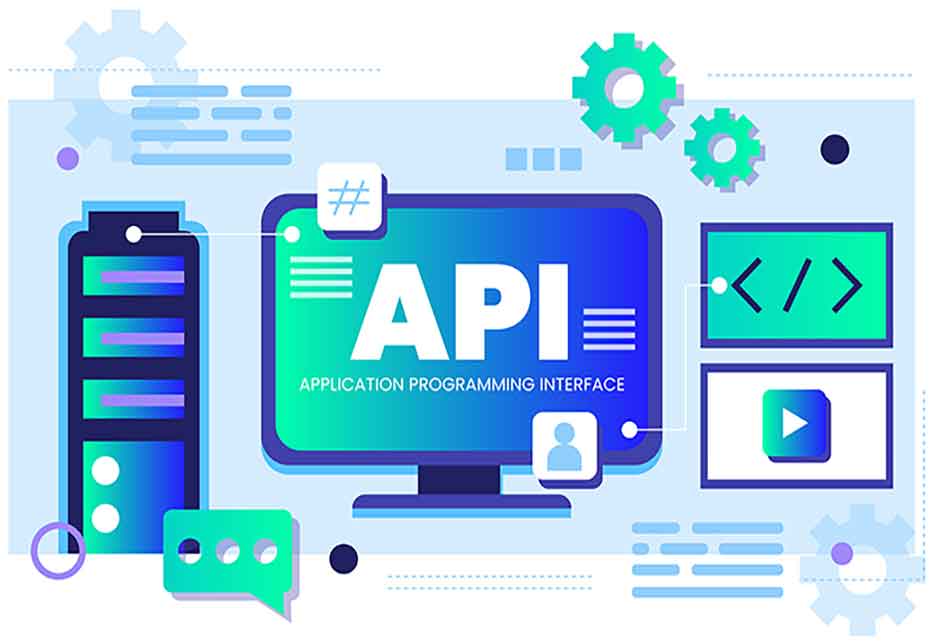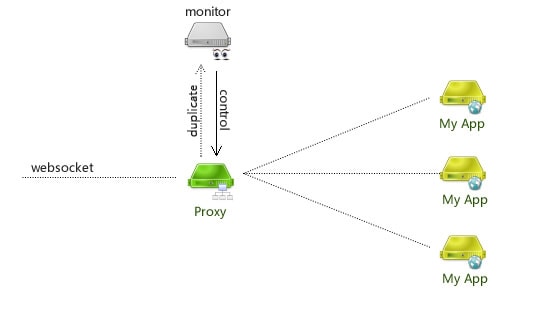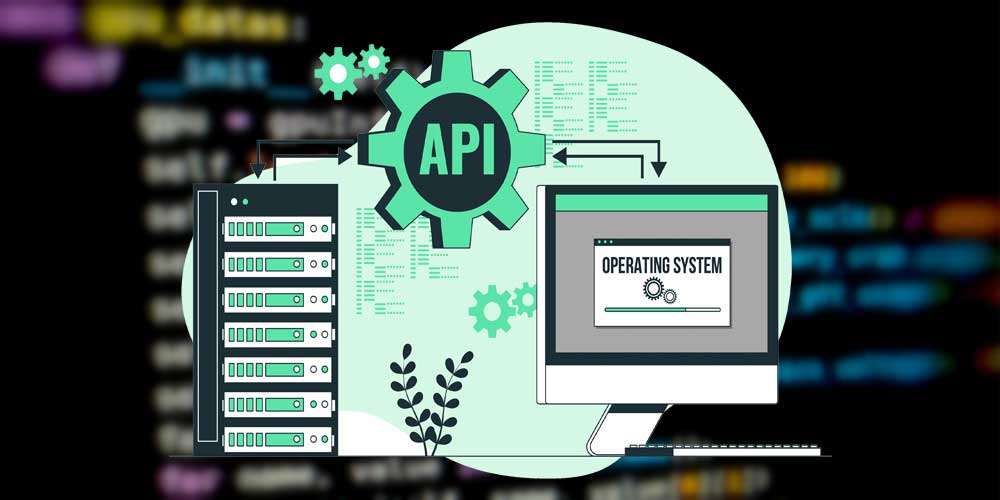In the ever-evolving landscape of technology, Application Programming Interfaces (APIs) play a pivotal role in enabling seamless communication between different software applications. APIs facilitate the exchange of data and functionalities, allowing disparate systems to work together harmoniously. Behind this interoperability lies a diverse set of API protocols, each serving unique purposes. In this blog post, we’ll explore the world of API protocols, shedding light on their significance and the key players in this space.
- Understanding API Protocols
HTTP/HTTPS – The Foundation of Web APIs:
At the core of many APIs is the Hypertext Transfer Protocol (HTTP) or its secure counterpart, HTTPS. These protocols define how messages are formatted and transmitted between web servers and clients. RESTful APIs, a prevalent architectural style, often utilize HTTP methods (GET, POST, PUT, DELETE) to perform operations on resources.


REST – Representational State Transfer:
REST is an architectural style that leverages standard HTTP methods for communication. RESTful APIs use URLs to represent resources, and data is typically exchanged in JSON or XML formats. REST is known for its simplicity, scalability, and statelessness, making it a popular choice for web services.
SOAP – Simple Object Access Protocol:
SOAP is a protocol that allows programs running on different operating systems to communicate by using XML as the message format. Unlike REST, SOAP is a protocol rather than an architectural style. It relies on XML-based messaging and often involves more rigid standards for communication.


GraphQL – Query Language for APIs:
Developed by Facebook, GraphQL is a query language for APIs that allows clients to request only the data they need. Unlike REST, where the server determines the structure of the response, GraphQL shifts this control to the client, enabling more flexible and efficient data retrieval.
WebSocket – Real-time Communication:
WebSocket is a protocol that provides full-duplex communication channels over a single, long-lived connection. Unlike traditional request-response models, WebSocket allows bidirectional communication, making it ideal for real-time applications such as chat applications and financial trading platforms.


MQTT – Message Queuing Telemetry Transport:
MQTT is a lightweight and efficient protocol designed for low-bandwidth, high-latency, or unreliable networks. It is commonly used in the Internet of Things (IoT) to enable devices to communicate with each other through a publish/subscribe model.
gRPC – Remote Procedure Call Framework:
Developed by Google, gRPC is a high-performance RPC (Remote Procedure Call) framework that uses Protocol Buffers as its interface definition language. It enables efficient communication between services and supports features like bidirectional streaming and pluggable authentication.

As the digital landscape continues to evolve, the choice of API protocols becomes increasingly critical for building robust, scalable, and interoperable applications. Each protocol comes with its own strengths and weaknesses, and its suitability depends on factors such as the nature of the application, and performance requirements.
Whether you are developing a web application, integrating with third-party services, or delving into the IoT space, a solid understanding of API protocols is essential. Stay informed about emerging standards, best practices, and evolving technologies to ensure that your applications are well-equipped to thrive in the dynamic world of APIs.



